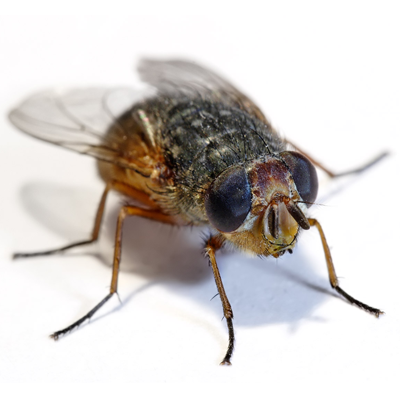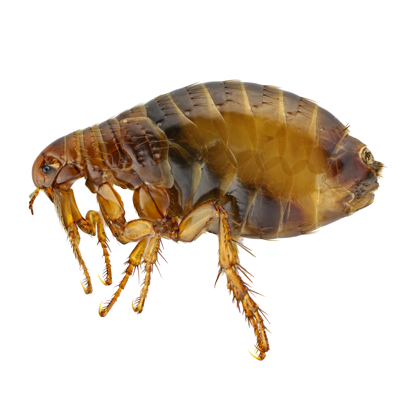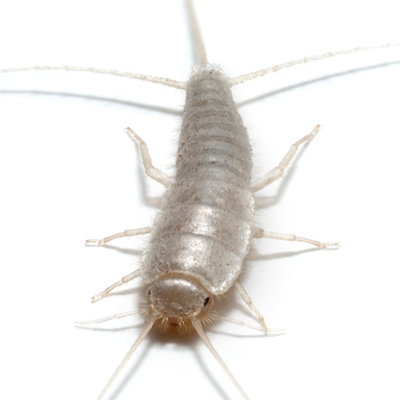
University of Florida
Lethal Effects of Heat and Use of Localized Heat Treatment for Control of Bed Bug Infestations
Bed bugs, Cimex lectularius L., hide in cracks and crevices in furniture and are difficult to control. The bed bug thermal death kinetics were examined to develop a heat treatment method to eliminate bed bug infestations in room contents. High temperatures caused temporary immobilization (knockdown) of bed bugs even with exposures that did not have lethal effects. Exposure of bed bug adults to 39 degrees C for 240 min caused no mortality; however, as temperatures increased from 41 to 49 degrees C, exposure times that caused 100% mortality decreased. The temperature difference to provide a 10-fold change in the mortality was estimated at 4 degrees C, and the estimated activation energy (EA) was between 484 and 488.3 kJ/mol. This demonstrates that bed bugs are not more resistant or susceptible to changes in temperature than other tested insects and that the temperatures needed to kill bed bugs are relatively low. In room treatment tests, heat treatment times varied from 2 to 7 h with complete mortality of exposed bed bugs within the treatment envelope created by surrounding the treated furniture with polystyrene sheathing boards. Containment and circulation of heat around the treated material were crucial factors in an efficient heat treatment for bed bug control. The room floor material greatly affected containment of the heat. The tested method for limited heat treatment of furniture and other room contents required equipment costing less than US$400 and provided opportunity for residual pesticide application around the room with minimal disruption in use of treated room.
Common Household Pest
See all household pests









